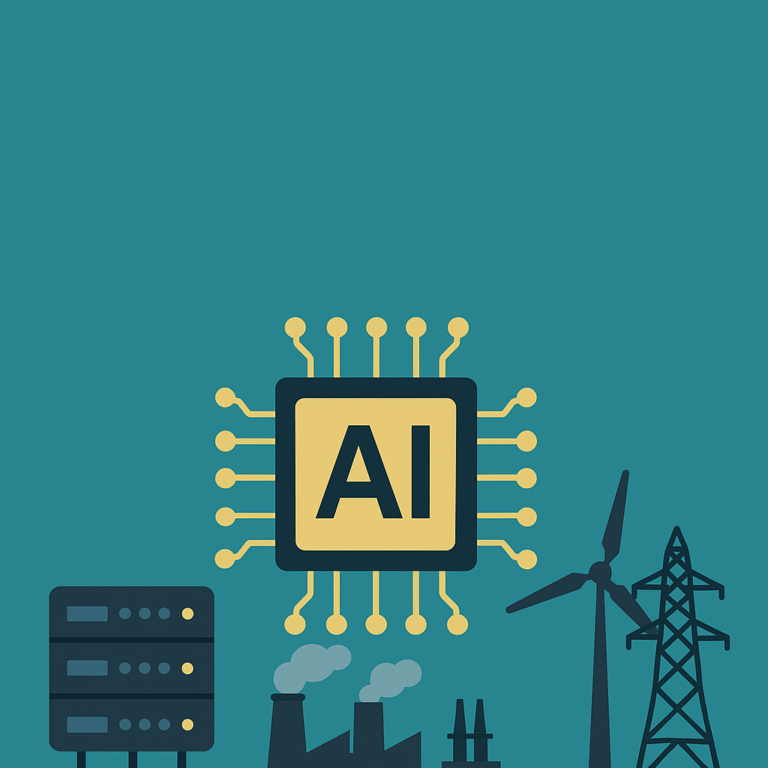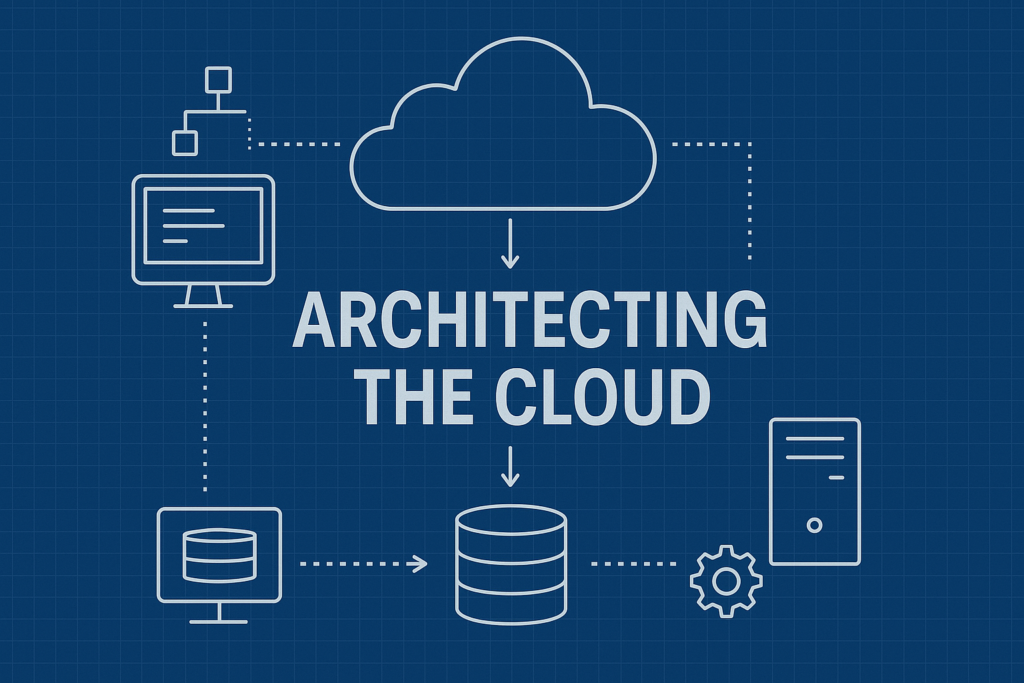Artificial Intelligence is no longer a promising technology confined to labs. It is rapidly becoming an industry with heavy infrastructure needs, comparable to energy, telecom, and transportation. The recent announcement of a strategic partnership between NVIDIA and OpenAI illustrates exactly how monumental the next phase will be: building AI factories at the gigawatt scale.
From GPUs to Gigawatts
OpenAI has committed to deploying at least 10 gigawatts of NVIDIA systems over the next years, with the first phase going live in 2026. NVIDIA, in turn, is preparing to invest up to $100 billion to make this vision possible. These facilities will host millions of GPUs, forming the backbone of large-scale training and inference for the next generation of AI models.
This is not just about bigger data centers — it is about designing entire ecosystems:
- Energy at industrial scale: power plants dedicated to AI, renewable sourcing, and new cooling technologies.
- Networks with near-zero latency: to enable real-time inference and services at global scale.
- Integrated hardware-software platforms: reducing inefficiencies and accelerating deployment cycles.
Why It Matters
These investments signal several important shifts:
- Scale as the competitive frontier – whoever masters multi-gigawatt facilities will lead AI deployment worldwide.
- From training to inference – the demand will increasingly be about running AI in real-time for healthcare, logistics, education, and more.
- Falling cost per “unit of intelligence” – as capacity grows, AI becomes economically viable in sectors previously considered too expensive.
- Global race for hosting – regions with clean energy, favorable regulations, and robust networks will become hotspots for AI infrastructure.
Challenges Ahead
The road is not without risks:
- The energy footprint is massive and raises sustainability concerns.
- Cooling and chip supply chains may limit scalability.
- Regulatory frameworks on data security and AI governance are still immature.
- Economic viability depends on AI applications delivering real value at scale.
What Comes Next
The NVIDIA–OpenAI deal is a preview of a much broader trend: AI infrastructure is the new oil refinery. Just as industrial revolutions required steel mills, power stations, and railroads, the AI revolution demands its own physical backbone.
For businesses, investors, and governments, this is both an opportunity and a challenge. The winners will be those who combine technological foresight with infrastructure, energy, and policy innovation.



